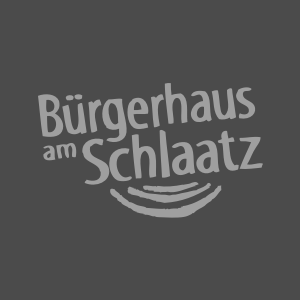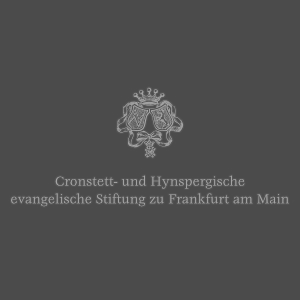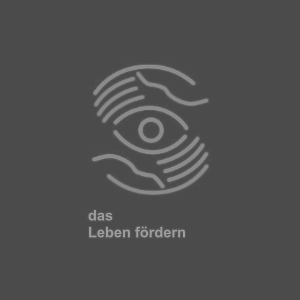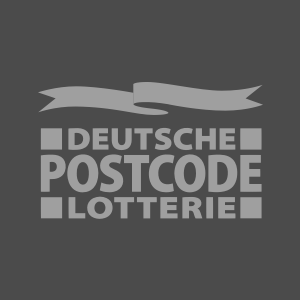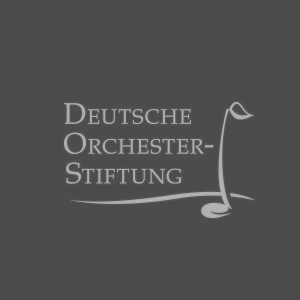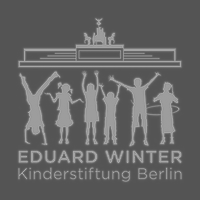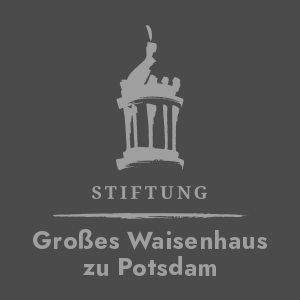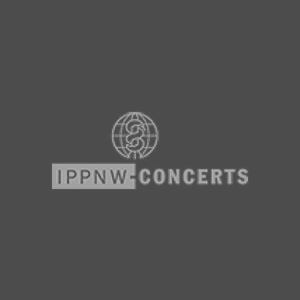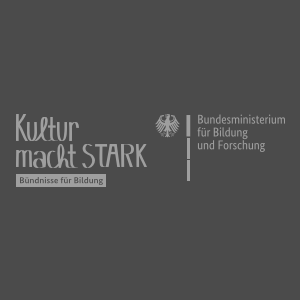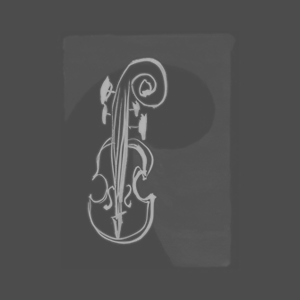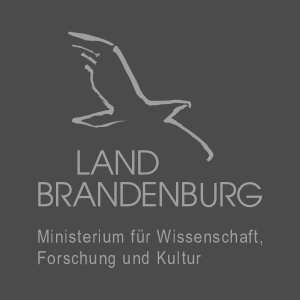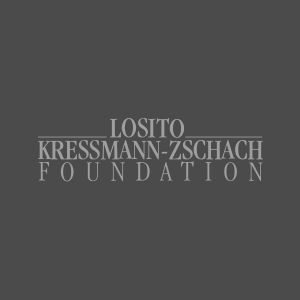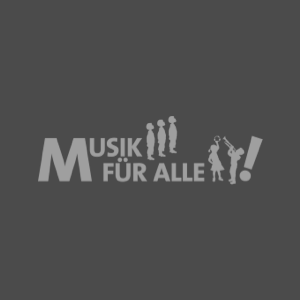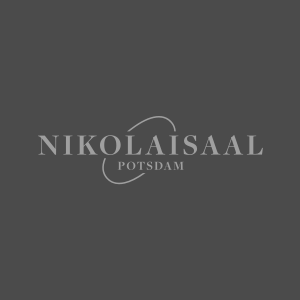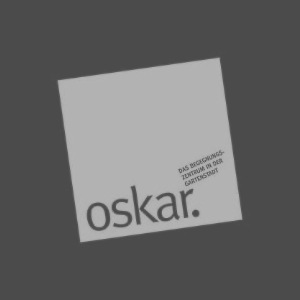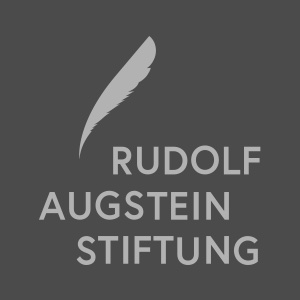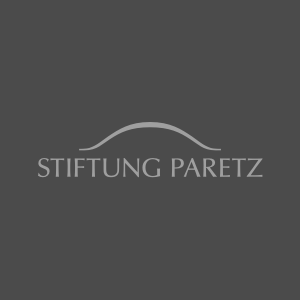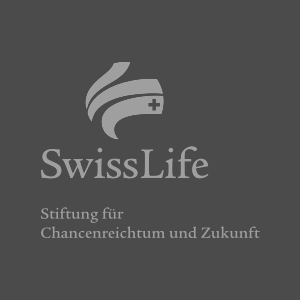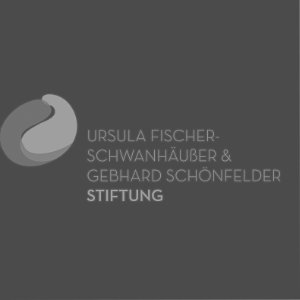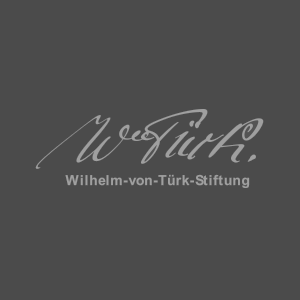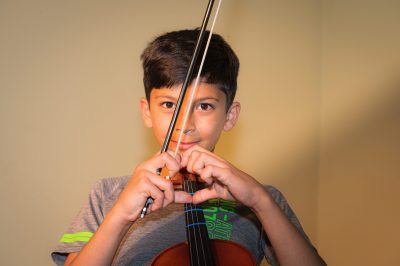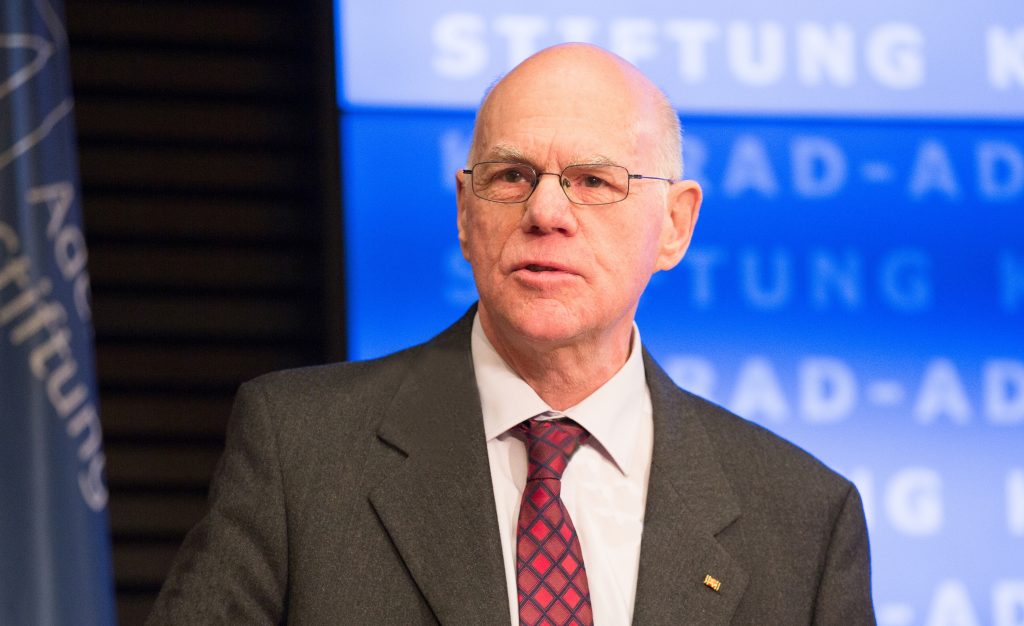The goal
Our goal is to give disadvantaged children and young people the chance to learn an instrument and to make music together with others. Because the experience of being able to create something beautiful through ones own abilities changes a person and makes them stronger.
Our vision is to increasingly let refugee and German children from low-income backgrounds make music together, so that music actually becomes the connecting link between previously alien worlds.
When refugees and locals make music together in many locations, it will be a visible sign for everyone that we can live peacefully and harmoniously together.
The practice
In order to offer refugee children and young people a perspective which leads beyond their often bleak everyday lives, professional musicians go to several refugee accommodations in Berlin and Potsdam to give the children lessons and make music together. In normal times, this ongoing work is augmented by joint orchestra days, concerts and an annual summer camp. Due to the current pandemic, we unfortunately are not able to meet with the students in person, but must teach them online.
Each of the courses offered takes place once a week. The students are between five and 18 years old. We introduce them to European classical music, with which almost none of them has previously come into contact. Music from their countries of origin is also included in the curriculum.
In the weekly music lessons, the first musical foundations are laid and the joy of making music in an ensemble is awakened. The children learn to listen and respond to each other.
As soon as the first phase of making music together is established, we work in a more differentiated way: while the youngest children mainly develop their musical and social skills in singing, dancing and recorder groups, talented older children receive an instrument on loan from the association. They participate in instrumental lessons in small groups once a week and are allowed to practice on their loaned instrument at home.
Why music?
Because music gives children a language. Because when all words fail, the sound of a cello comforts. Or even the sound of a recorder. Because the experience of being able to create something beautiful out of oneself strengthens every person and can give back faith in the future. Because the experience of making music together with others teaches that everyone has to do their best without wanting to be the best.
There are many studies about the positive, activating effects that making music has on the brain and psyche. Even without a brain scan, we see every day how a person’s contact with an instrument, how the experience of eliciting sounds from a piece of wood or brass that were never there before, changes a person.
Music as a Key
The methodology
Since the founding of MitMachMusik, when some of the lessons were still quite improvised, the teaching system has been repeatedly revised and – also with the help of external expertise – increasingly professionalised.
The long-term goal of our work is to enable the children and young people to make music together in an ensemble. Until the children and young people reach this level, they pass through various teaching levels.
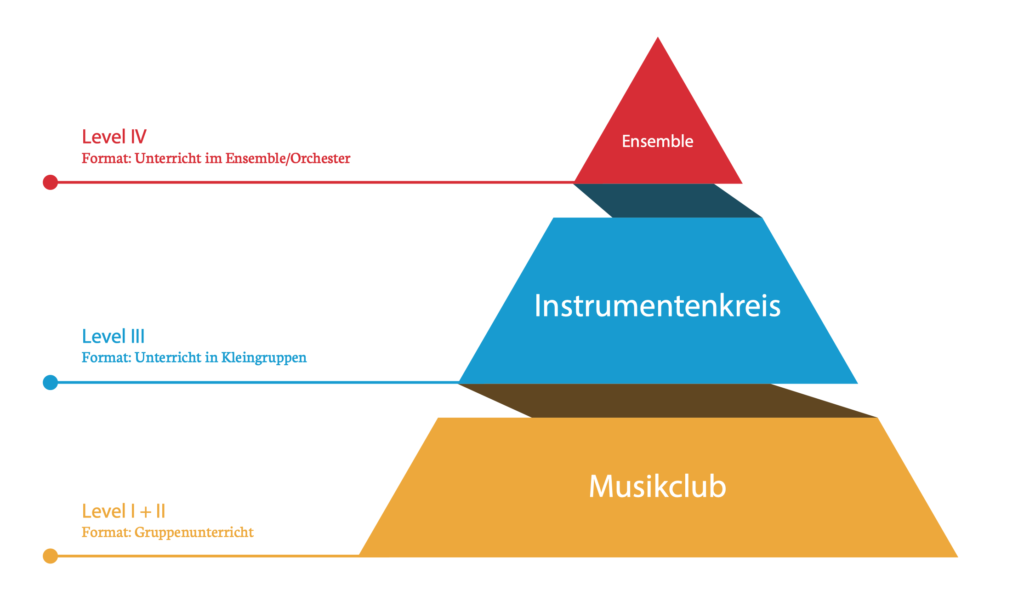
Level I und II: Music club
- Who?
- Children from the age of five and up
- What?
- First musical interaction with the possibilities of their own body (rhythm, singing, movement play) as well as experiencing instrumental playing. Two-handed coordination, often playing the recorder, getting to know all the instruments that can be learned at MitMachMusik.
- How?
- Group lessons
Level III: Instrument circle
- Who?
- Children and young people who have successfully completed the Music Club (Levels 1 and 2) and have been loaned the instrument of their choice.
- What?
- Learn to play the instrument of choice. Basic handling, reading rhythms and learning the language of music.
- How?
- Learn in instrument-homogeneous small groups.
Level IV: Ensemble
- Who?
- Successful graduates of the instrument circle (Level 3) who have presented their skills on the instrument with an independent performance of a composed piece of music to their respective location.
- What?
- Multi-part, mixed-instrument ensemble playing and individual support on the respective instrument.
- How?
- Group lessons
In order to be successful in this development, two qualities are required, among others, to which we attach particular importance:
Firstly, instrumental ability and the concentration and focus on oneself, one’s own body and breathing that this requires. Secondly, and at the same time, the sensitive perception of the environment and the ability to interact with the other musicians without breaks. In other words, to be with oneself and with the others at the same time. Our aim is to promote these competences. Both are fostered by addressing movement images that go hand in hand with music. Because movement is an integral part of experiencing music and rhythmising one’s own expression, not only for the very young.
Another aspect of the pedagogical work is the mixture of European classical music – which many children come into contact with here for the first time – with pieces from their respective countries of origin. We also put on musical celebration-concerts of the major holidays of all the cultures involved. This, too, is a sign of how making music together can build bridges between cultures.
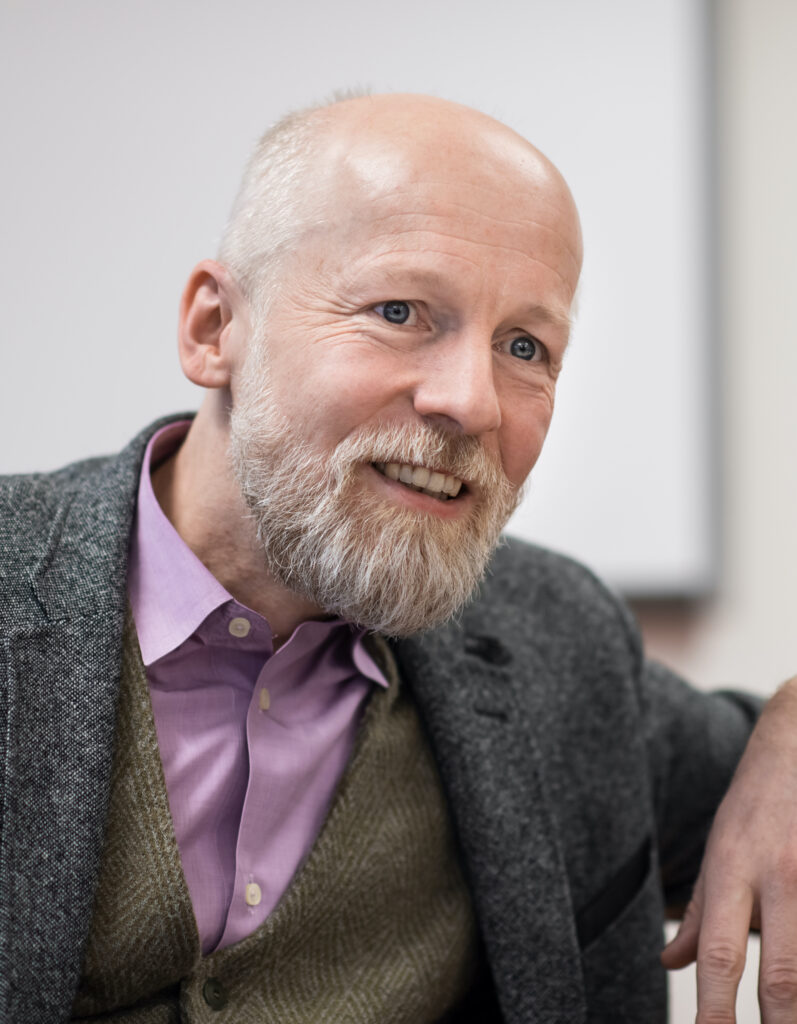
“Music is made by people for people. It shows the cultural diversity of our world. And it is communication, listening, giving space, acting and reacting to each other. What is communicated is above all the act of communicating itself; what is experienced is the community with others in doing things together. Especially for people who have to experience foreignness and the difficulties of foreign languages every day, such experiences of successful reciprocal communication are existentially valuable. Current debates and discourses in musicology and music education confirm this in many ways, as was shown, among other things, at the last 4th Federal Congress on Music Education, which had this as one of its focal points.”
Prof. Dr. Markus Böggemann,
University of Kassel

